The Thriller Trilogy On Netflix That Changed Movies Forever
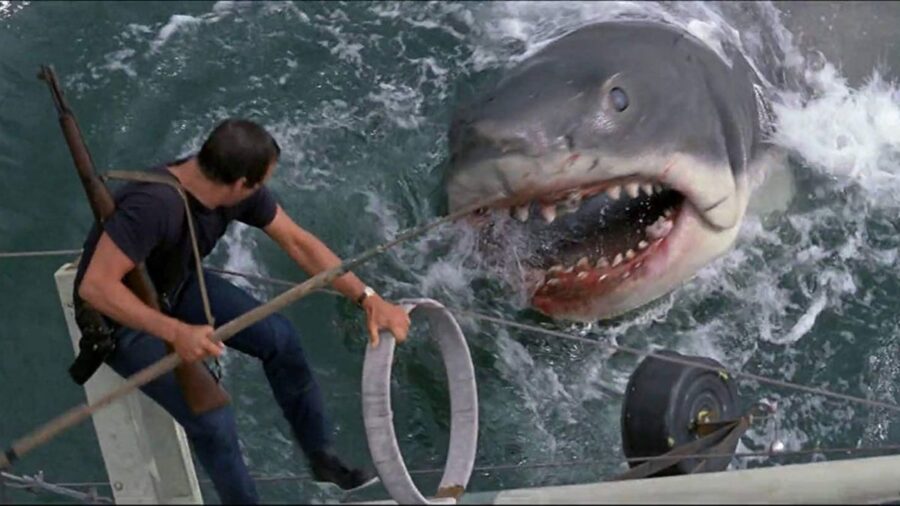
As the spooky season approaches, streaming platforms are flooding their catalogs with a mix of classic and contemporary horror films. It’s an ideal moment for newcomers to discover iconic titles and for enthusiasts to rekindle their love for them. Netflix, in particular, has added the legendary Jaws to its lineup, accompanied by its intriguing sequels, Jaws 2 and Jaws 3.
All three films in the trilogy that began with 1975’s Jaws are streaming on Netflix.
Few movies in the history of cinema have left as lasting an impact as Jaws, the 1975 masterpiece directed by Steven Spielberg. The movie not only redefined the horror genre but also marked a turning point in how movies were marketed and consumed. With its suspenseful storytelling, memorable characters, and groundbreaking effects, the film forever transformed the summer blockbuster landscape.
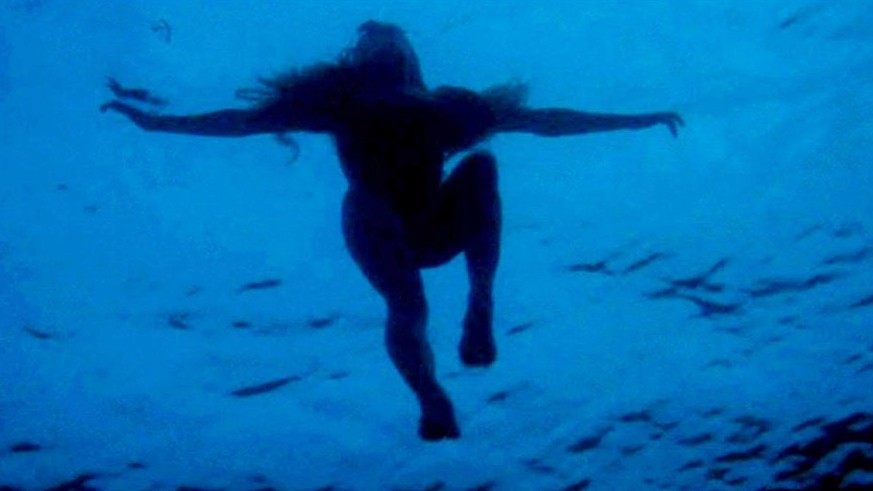
Jaws thrusts audiences into the tranquil beach town of Amity Island, where a menacing great white shark wreaks havoc, instilling fear in the hearts of beachgoers. Chief Martin Brody (Roy Schneider), marine biologist Matt Hooper (Richard Dreyfuss), and the enigmatic Quint (Robert Shaw), form an unlikely trio to combat the deadly predator. Their battle of wits and wills against the relentless shark is the stuff of cinematic legend.
A fourth movie, Jaws: The Revenge, is widely regarded as being of such poor quality that it scarcely merits discussion.
The franchise continued with the emergence of Jaws 2 in 1978, reuniting audiences with Chief Brody, who must once again confront a new shark threat. This time, a group of teenagers finds themselves stranded at sea, facing not only the lurking predator but also their fears and vulnerabilities.
Though director Jeannot Szwarc’s efforts to capture the tension were commendable, the sequel couldn’t match the impact of its predecessor.
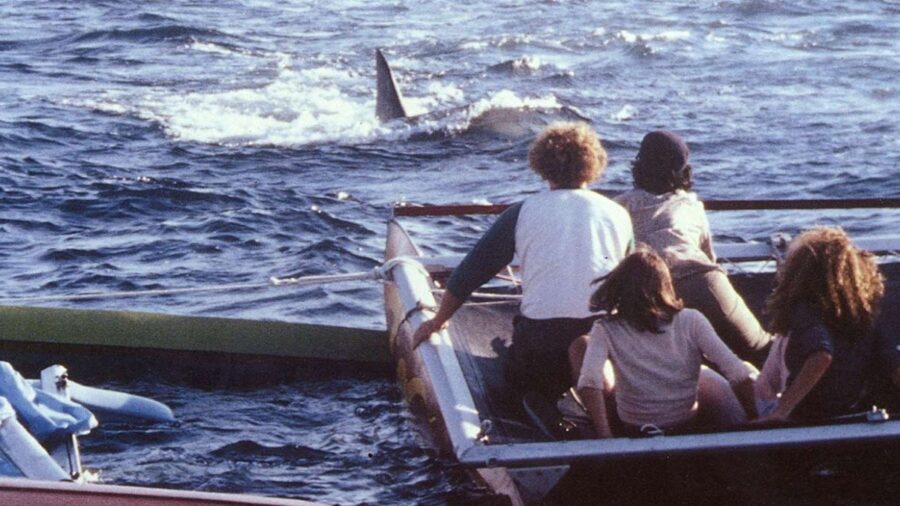
In 1983, Jaws 3-D attempted to infuse new life into the series by embracing the burgeoning 3D trend. The story shifts to SeaWorld Orlando, where Chief Brody’s sons, Mike and Sean Brody, encounter a colossal shark that threatens the park’s visitors. As the story unfolds, it’s revealed that the 35-foot mother of the shark is also present at the park.
The biggest issue with Jaws 3-D was that the push for 3D technology overshadowed the storytelling. Despite featuring notable names like Dennis Quaid and Louis Gossett Jr., the film struggled to capture the magic of its predecessors. Nonetheless, its level of cheesiness manages to draw additional viewings from devoted franchise enthusiasts.
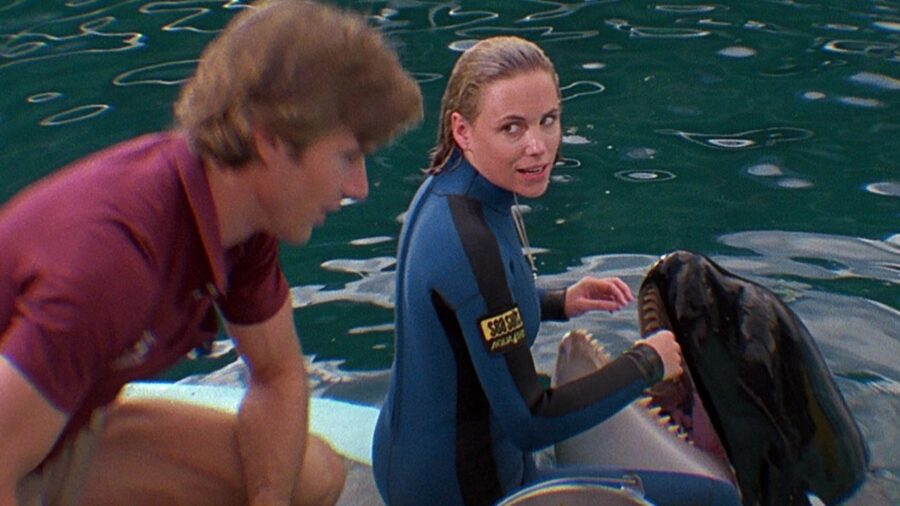
A fourth movie, Jaws: The Revenge, is widely regarded as being of such poor quality that it scarcely merits discussion. Its ridiculous plot revolves around the widow of Chief Brody, who believes that her family is being deliberately targeted by a vengeful shark. This film has achieved the dubious distinction of attaining a 0 percent rating from critics on Rotten Tomatoes.
Roy Schneider’s improvised line in the movie, “You’re gonna need a bigger boat,” has become one of the most iconic moments in cinematic history.
The critical reception of the Jaws series mirrored its progression. The first film was hailed as a groundbreaking achievement, praised for its innovative direction, suspenseful storytelling, and memorable characters.
However, Jaws 2 faced mixed reviews, with some critics appreciating its attempt to recapture the tension while others found it lacking the freshness of the original. Jaws 3-D, on the other hand, was pretty much panned by both critics and audiences alike.
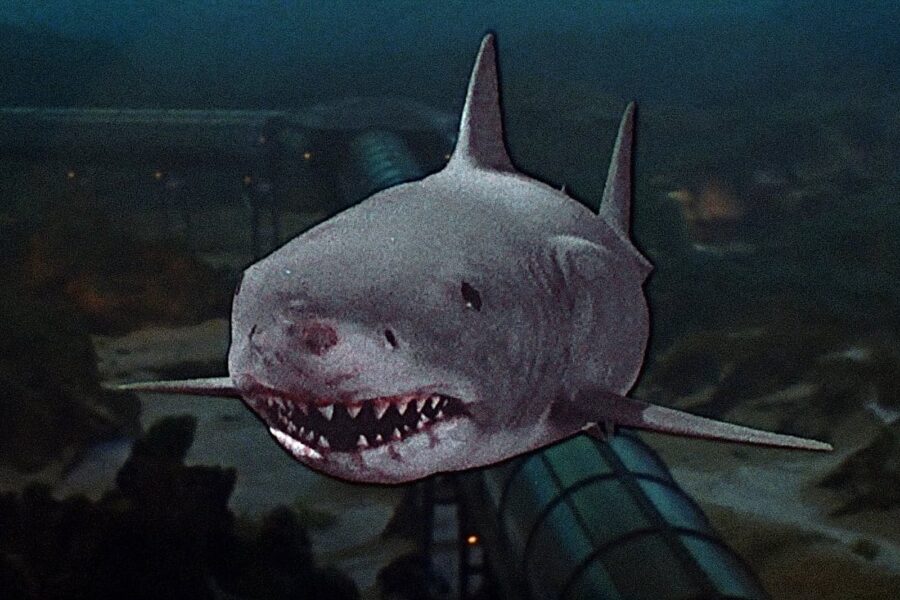
In regards to box office success, the first film achieved unparalleled heights by becoming the highest-grossing film of its era and establishing a new benchmark for summer blockbusters, amassing over $476 million worldwide against a modest budget of $7 million. Jaws 2 maintained a solid financial performance, garnering over $187 million globally. However, Jaws 3-D earned approximately $80 million, and The Revenge only managed a meager $51.8 million in box office receipts.
Behind the scenes, the franchise boasts some fascinating trivia. During the production of Jaws, mechanical issues with the animatronic shark led Steven Spielberg to adopt a less-is-more-approach, resulting in heightened tension as the unseen predator loomed beneath the water’s surface.
Moreover, Roy Schneider’s improvised line in the movie, “You’re gonna need a bigger boat,” has become one of the most iconic moments in cinematic history. Finally, many fans are unaware that Jaws 2 originally had a different director attached, with John D. Hancock initially slated to helm the project before creative differences led to Jeannot Szwarc’s involvement.
Undoubtedly, the first three Jaws movies hold a special place in the hearts of film enthusiasts, even if the sequels fell short of emulating the original’s impact. This franchise exposed viewers to the dread of the hidden depths beneath the ocean’s surface, forever reshaping the cinematic panorama. For those inclined to revisit the series, Jaws, Jaws 2, and Jaws 3 are available to stream on Netflix.












